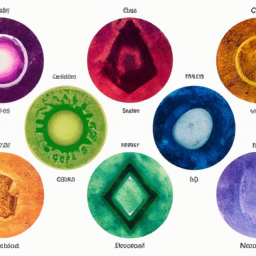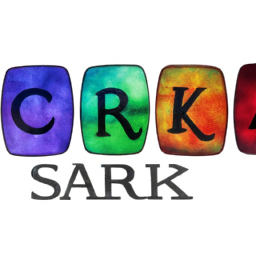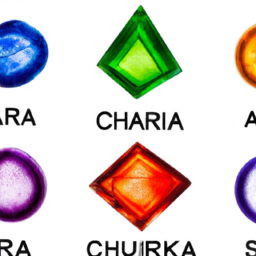
Chakras - it’s a term we often hear in alternative healing, yoga, and meditation circles. These energy centers within our bodies are believed to be the key to our physical, emotional, and spiritual well-being. But have you ever wondered who discovered chakras and how they came to be a fundamental concept in so many ancient and modern practices?
To understand the discovery of chakras, we must first go back to ancient India. In the second century, the ancient Hindu text Upanishads introduced the concept of chakras in their description of the subtle body. However, it wasn’t until the 6th century that chakras were fully developed and described in the Yoga Sutras of Patanjali, an influential text on yoga and meditation.
According to the ancient Hindu philosophy, chakras are seen as points of energy throughout the body, starting from the base of the spine to the crown of the head. These energy centers are believed to correspond to different physical, emotional, and spiritual aspects of our being. Each chakra is associated with a specific color, element, sound, and emotion.
It was the Indian spiritual teacher and yogi, Swami Vivekananda, who introduced chakras to the Western world. In 1893, he presented a lecture on the concept of chakras at the World Parliament of Religions in Chicago, which sparked interest and curiosity amongst Western scholars and practitioners.
However, it was not until the 1920s that chakras became popularized in the West, thanks to the influential Swiss psychologist, Carl Jung. Jung’s study of the “energy body” and his theory of individuation heavily influenced the understanding and practice of chakras in the Western world. He saw the chakras as a roadmap to self-discovery and personal growth.
Since then, the concept of chakras has been embraced in many spiritual and healing practices, including Reiki, acupuncture, and crystal therapy. Moreover, modern science has also started to recognize the existence of these energy centers in our body. Recent studies have found that these energy centers correspond to nerve bundles in the spine, which further supports the belief that chakras play a crucial role in our physical and emotional well-being.
In conclusion, the discovery of chakras dates back to ancient India, and their understanding has evolved over time, thanks to the contributions of various cultures and individuals. Today, more and more people are turning to these energy centers as a means of balancing their mind, body, and soul. Whether you believe in their existence or not, the concept of chakras has undoubtedly made a significant impact on the world of spirituality, healing, and personal growth.
“The chakras are very important tools on our journey towards self-discovery and ultimate wholeness.” – Phylameana lila Desy








Fascinating topic!
This is an interesting concept that has been around for centuries and is still widely talked about. It’s amazing to see how far it’s come and the progress that has been made in understanding and researching its usage. It’s enlightening to see what the various cultures around the world know and believe about this energy system.